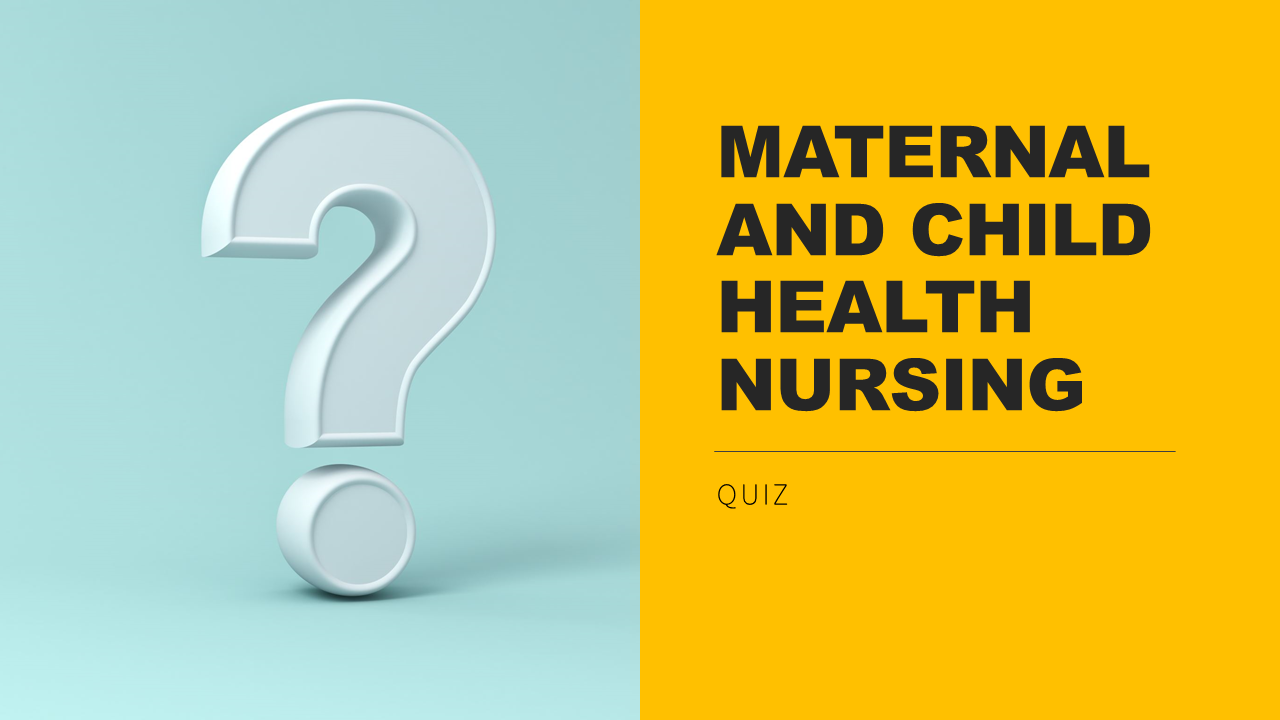OBS AND GYNE NCLEX PRACTICE 1 WITH ANSWERS AND RATIONALE

Normal lochial findings in the first 24 hours post-delivery include:
Bright red blood. Lochia should never contain large clots, tissue fragments, or membranes. A foul odor may signal infection, as may absence of lochia.
The nurse is developing a teaching plan for a patient who is 8 weeks pregnant. The nurse should tell the patient that she can expect to feel the fetus move at which time?
Between 16 and 20 weeks’ gestation A pregnant woman usually can detect fetal movement (quickening) between 16 and 20 weeks’ gestation. Before 16 weeks, the fetus is not developed enough for the woman to detect movement. After 20 weeks, the fetus continues to gain weight steadily, the lungs start to produce surfactant, the brain is grossly formed, and myelination of the spinal cord begins.
After 3 days of breastfeeding, a postpartal patient reports nipple soreness. To relieve her discomfort, the nurse should suggest that she:
Lubricate her nipples with expressed milk before feeding Measures that help relieve nipple soreness in a breastfeeding patient include lubrication the nipples with a few drops of expressed milk before feedings, applying ice compresses just before feeding, letting the nipples air dry after feedings, and avoiding the use of soap on the nipples.
A female adult patient is taking a progestin-only oral contraceptive or mini pill. Progestin use may increase the patient’s risk for:
Tubal or ectopic pregnancy. Women taking the mini pill have a higher incidence of tubal and ectopic pregnancies, possibly because progestin slows ovum transport through the fallopian tubes.
A patient with pregnancy-induced hypertension probably exhibits which of the following symptoms?
Proteinuria, headaches, double vision A patient with pregnancy-induced hypertension complains of a headache, double vision, and sudden weight gain. A urine specimen reveals proteinuria.
After administering bethanechol to a patient with urine retention, the nurse in charge monitors the patient for adverse effects. Which is most likely to occur?
Nausea and Vomiting Bethanechol will increase GI motility, which may cause nausea, belching, vomiting, intestinal cramps, and diarrhea.
Five hours after birth, a neonate is transferred to the nursery, where the nurse intervenes to prevent hypothermia. What is a common source of radiant heat loss?
Cools incubator walls. A common source of radiant heat loss includes cool incubator walls and windows.
Because cervical effacement and dilation are not progressing in a patient in labor, the doctor orders I.V. administration of oxytocin (Pitocin). Why must the nurse monitor the patient’s fluid intake and output closely during oxytocin administration?
Oxytocin causes water intoxication. The nurse should monitor fluid intake and output because prolonged oxytocin infusion may cause severe water intoxication, leading to seizures, coma, and death.
A primigravida patient is admitted to the labor delivery area. Assessment reveals that she is in the early part of the first stage of labor. Her pain is likely to be most intense:
Around the pelvic girdle During most of the first stage of labor, pain centers around the pelvic girdle. During the late part of this stage and the early part of the second stage, pain spreads to the upper legs and perineum. During the late part of the second stage and childbirth, intense pain occurs at the perineum. Upper arm pain is not common during any stage of labor.
The nurse in charge is caring for a patient who is in the first stage of labor. What is the shortest but most difficult part of this stage?
Transitional phase. The transitional phase, which lasts 1 to 3 hours, is the shortest but most difficult part of the first stage of labor. This phase is characterized by intense uterine contractions that occur every 1 ½ to 2 minutes and last 45 to 90 seconds.


Discover more from Nursing In Ghana
Subscribe to get the latest posts sent to your email.
